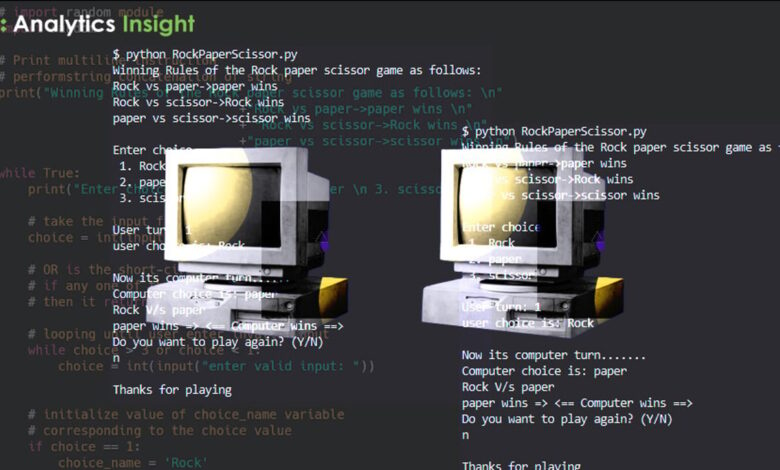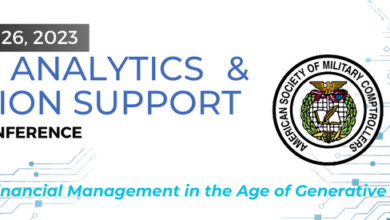Top 10 Data Visualization Tools and Software of June 2024

Data Visualization can be defined as converting bulky and unmanageable information into comprehensible and manageable information. Given that there are many tools and software out there it can be a rather daunting task to choose which one is better. Here are the ten data visualization tools and software of June 2024 that can help you in decision making based on data insights:
1. Tableau
Key Features:
It has a collection of interactive dashboards and visualizations.
Fundamental Capabilities: Data source connectivity and access
Data sophistication and artificial intelligence
Pros:
User-friendly interface
This is on account of it possesses formidable data blending capacities.
Strong community support
Cons:
Expensive price zone for the best options
There remains a huge learning temperature for the later functionalities.
2. Power BI
Key Features:
Real time share for data access and streaming
Flexible facilities for working with dashboards and reports
Pros:
Affordable pricing
It is noteworthy that there are very strong data connectivity options
These are constant and rational improvements.
Cons:
While there are other companies on the market that offer more product customization options, Superplasticity’s offering is somewhat more limited in this regard.
Can be slower only when working with large datasets.
3. D3. js
Key Features:
Highly customizable visualizations
Support of HTML/CSS/SVG to be used with the library.
Again there are many communities and resources.
Pros:
Customization and dynamism: In the case of visualizations, people working in organizations have the ability to alter and choose how such visualizations are displayed.
Free and Opensource software (free software licensed under free software licenses)
Generally applicable to interpret complex and interactive visualization.
Cons:
Requires programming knowledge
4. Qlik Sense
Key Features:
It is an associative data model that will fasten the process of making insights.
Artificial intelligence techniques in data pre-processing and analysis
Pros:
The firm leadership is also built on strong data exploration capabilities.
Some of the best options to effectively integrate relevant information
This is beneficial when one wants to analyze information together with other people.
Cons:
It takes time to learn how to navigate some of the functions provided on the interface
5. Looker
Key Features:
SQL-based modeling layer
Real-time data analytics
These cannot be overemphasized since it is integrated with Google Cloud Platform.
Pros:
Flexible and scalable
Some of the prominent features that are strong in the context of data governance features include the following;
User-friendly interface
Cons:
Expensive: some of the products may feature expensive rates due to the additional features offered
Requires SQL knowledge
6. Plotly
Key Features:
PLoS Computational Biology. Interactive graphing libraries (plotly. js, dash).
Python, R and JavaScript most among all those languages that have most support.
Pros:
Open-source options available
Good for visually oriented products like dashboards
Organizational structure: strong community and support
Cons:
Can be confusing for starters as they may spend ample time deciding on which element to pick before finally creating the actual content.
7. Sisense
Key Features:
multi- level caching technology
Embedded analytics
Real-time data processing
Pros:
Scalability with big data by largely tapping into big data, Mak suppressed high performance while maintaining efficiency.
Easy to embed and integrate is still another feature that these sites possess.
Cons:
Expensive for the immense structures and small organizations
Limited customization options
8. Chartio
Key Features:
Drag-and-drop interface
Data pipeline flexibility
Pros:
It lacks technical intricacies that make it a little difficult to use for persons with no great Computer literacy
Due to the modular concept it is easy to exchange the data source connections:
Cons:
This implies that there are limited advanced analytics features that have been included in the design and development of the product.
9. Zoho Analytics
Key Features:
Covering an extensive array of opportunities to integrate data connectors.
AI-powered insights
Pros:
Affordable pricing
Easy to use
Cons:
Limited advanced features
Some of the problems which occur when analyzing VLDSs include inability to measure overall performance.
10. Google Data Studio
Key Features:
Real-time collaboration
Ad hoc and managed reports with export to excel and customized dashboards
Pros:
Free to use
Another factor is that the materials are easy to share and collaborate within a learning environment.
Cons:
Restricted to Googleverse to get the maximum results
Primordial with reference to other progressive instruments
The best tool for data visualizing data greatly depends on what the user needs it for, the price range as well as proficiency in programming. Starting with vast intuitions such as Tableau and Power BI to tailored tools like D3, when it comes to using js and Plotly, there are options that may be suitable for the different needs of users with different experience levels.



